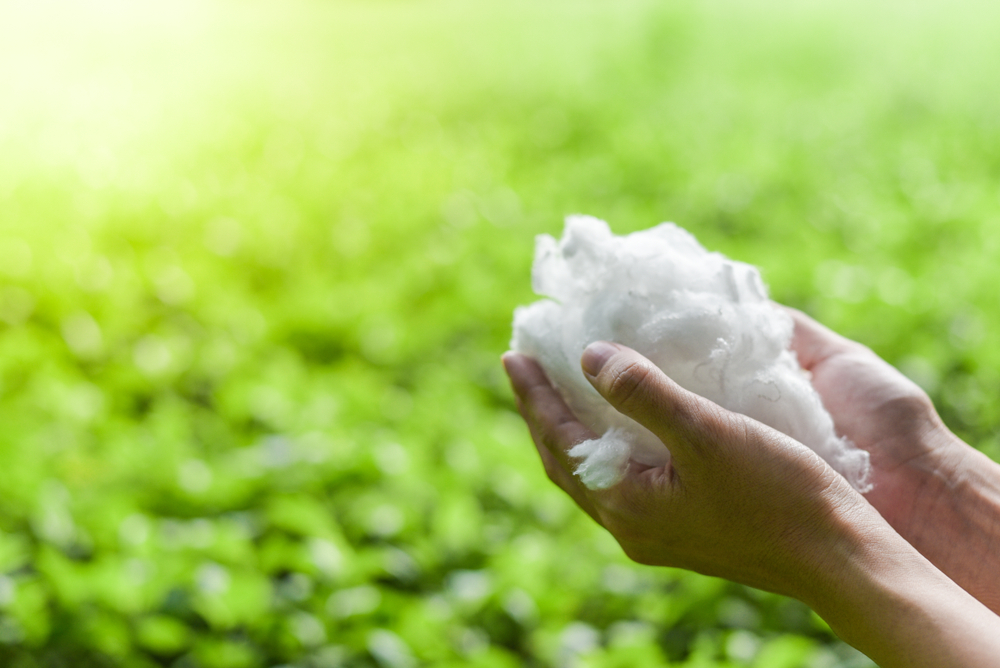This story began 15 years ago, when Romanians first encountered a new type of packaging material on the market, PET bottles, and a possible environmental threat at the time, as there were no solution to manage this waste. Our immediate reflex was to try to capture and re-use this material. What was then a mere instinct, you would today call circular economy.
Our first idea was to return the PET packaging back to the initial product (bottle to bottle) or, at least, go for down cycling (turn PET into a different product, even if of lower value). So, in our first years, we turned PET bottles into flakes that were used, at best, to produce new bottles.
Back then, the market conditions were complex. From one side we faced high price volatility (correlated with oil prices) and from the other side we were also facing strong competition from virgin materials. To secure the sustainability of the business we had to seek ways to create higher added value. How did we find this added value? We went across the value chain, we started from packaging waste and ended with producing polyester fiber, a complex product that goes mainly into automotive market. So we climbed up the value chain and created a product of higher complexity and superior performances than the initial product.
Also, we understood that we have to keep the plastic alive as a product for as long as possible. The life span of 3-4 months as a packaging plastic was suddenly raised to 12-15 years, as part of a new car, for example. We managed to be truly sustainable only when we moved from basic raw materials (PET flakes) into a high added value product (polyester fiber).
In conclusion, we learned by practice that circular economy is not just about restructuring waste management, but a completely new approach for consumer society.
From our experience, we’ve seen a few key conditions that are necessary to achieve a functioning circular economy:
- Intelligent consumer product design, meant to guarantee the restorative capacity of a product and guarantee a feasible cycle.
- Waste collection efficiency. This means the recovery of high quality, high value collected material with no impurities and contaminants. And it can be achieved only as a result of governmental policies. We need very efficient economic instruments as PAYT, landfill tax and bans.
- Cutting edge technologies that will lead to upcycling.
- Innovation and creating new business models that can impact society’s behavior. This is a big change that must happen at all levels, from the businesses to each individual.
- New marketing approach to raise awareness of circular economy as a viable alternative to linear economy. This can be done by challenging the reluctance against the recycled products that are still perceived as inferior.
In a world with limited resources, Circular Economy is not just a model for the future, but the future itself.









